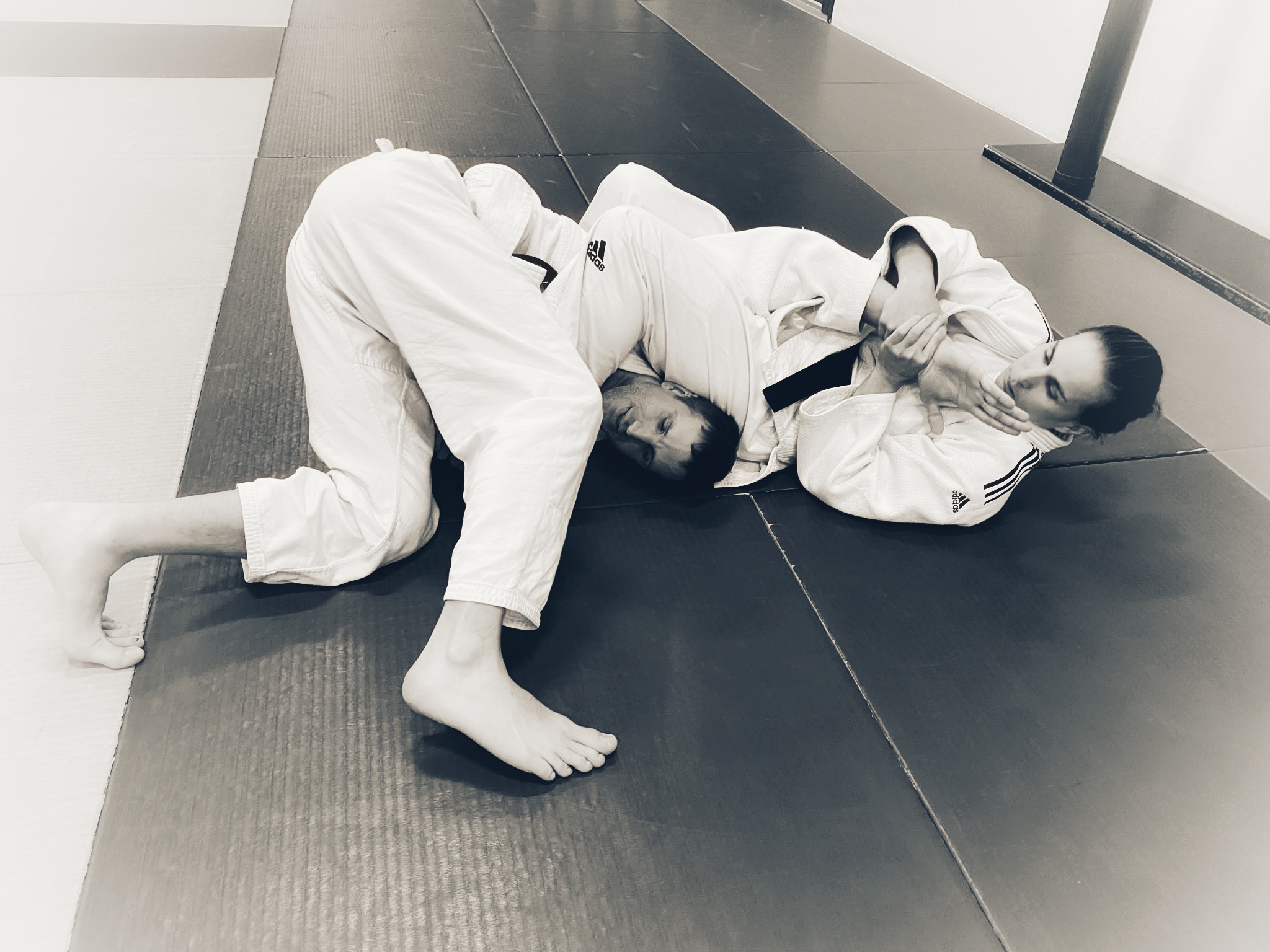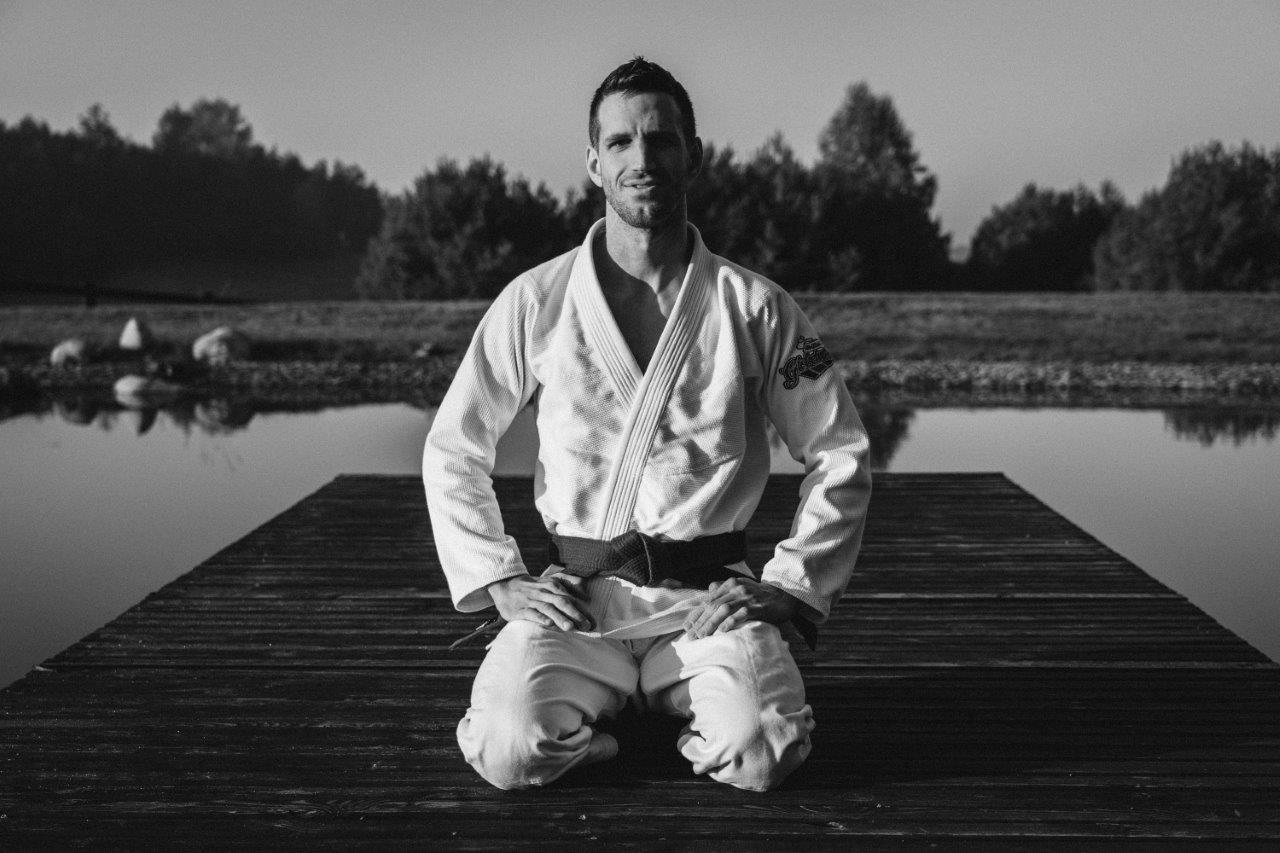Training from Bad Positions
Blog by Sebastiaan Fransen, 5th dan Judo
https://www.spfransen.nl/trainen-vanuit-slechte-posities/
How often do you train from bad positions?
When you practice a throw, do you already have the ideal grip (kumi-kata)? Or does your partner have a dominant grip, pushing you forward?
When practicing holds, is uke already lying flat on their back, or are you caught in a hold and need to escape first?
Avoid Always Taking the Easy Route
We often train under ‘ideal’ circumstances, which is naturally a comfortable starting point. Uke allows you to grip as you like, moves as you wish, and then you perform a fantastic throw. But how often does this happen in real life?
Usually, you must fight to secure a proper grip or your opponent beats you to it. How do you handle this?
Starting from Bad Positions
I enjoy training from challenging situations. It helps me stay calm under pressure and teaches me to escape difficult positions. Because I don’t panic, I’m able to take greater risks, knowing that if things go wrong, I can turn things around again.
Being fearless is essential. If you are comfortable with bad positions and not afraid to fall, you can move freely. You won’t become tense or rigid, but instead move with appropriate tension and actively search for opportunities.
Training Bad Positions
For a challenge, allow uke to start with a secure hold, choke, or armbar. Practice survival and escapes as tori. Work with trusted partners who apply chokes/armbars gradually or focus only on control while you learn.
Start training situations where your partner has already established dominant kumi-kata, or you have one arm trapped. Invent other realistic nage-waza scenarios starting from disadvantaged positions.
Uke should act like a good coach, providing just the right amount of resistance. Gradually, increase realism and intensity. Only use escapes in randori when you’ve mastered them. Avoid injuries from late tapping out, especially during escapes from juji-gatame.
Avoid Easily Accepting Bad Positions
In the past, I easily allowed myself into bad positions during training. However, after a week training with Craig Jones during Leglock Extravaganza, I now actively avoid this.
Training from bad positions is beneficial, but in randori, you shouldn’t willingly sacrifice good positions. It builds poor habits. Instead, start randori from the disadvantaged position intentionally. For example, let uke establish a hold, choke, or armbar, then begin your randori. Ultimately, aim always to improve your position.
Feel Comfortable in Bad Positions
Regularly practice from unfavorable situations. Begin from the disadvantaged position, stay calm, and work towards a better position. This approach allows you to take more risks during randori, knowing you won’t panic if you land in a bad position after a failed attempt.
Are you interested in improving your survival skills from poor positions? I highly recommend exploring the ideas of Priit Mihkelson.

